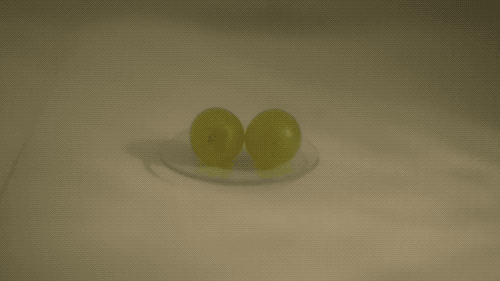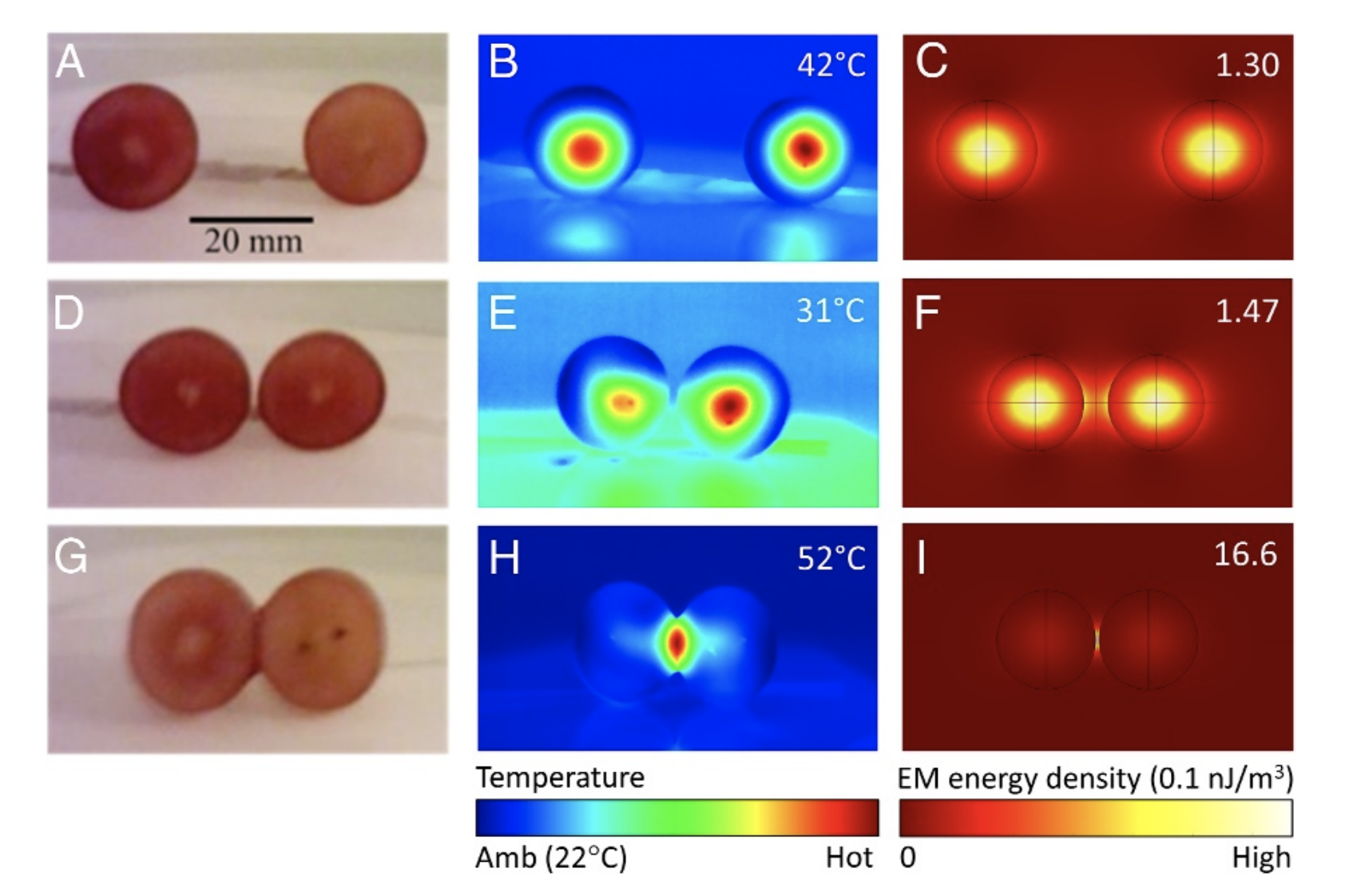For years, the internet has hemmed and hawed over a mysterious yet universal truth: a grape, sliced nearly in half and placed in the microwave, will suddenly begin to spit plasma.
The fiery sight had us mystified for years, garnering millions of views online and a variety of expert opinions, none of which were based on formal research. Now, at long last, a team of three physicists thinks they have it figured out.

The newly published paper is the first peer-reviewed study on the topic, and the findings suggest that the most popular explanation put forward by armchair experts is probably incorrect.
Over the years, several sources online have proposed that grapes create plasma because energy in the microwave charges up electrolytes in their water-heavy interiors.
This, in turn, is thought to cause a flow of energy between the two slices of grape, a force that travels across the skin like an electrical wire. When enough energy is gathered, the whole thing produces a spark of plasma - an ionised gas that emits light - at the bridge of skin connecting the two.
The authors of the new study have poked a hole in this explanation. It turns out that the bridge, one of the theory's key components, isn't necessary at all. As long as two whole grapes were no more than three millimetres apart, the researchers recorded a similar eruption of plasma.
 (Khattak et al., PNAS, 2019)
(Khattak et al., PNAS, 2019)
Not even the skin of the grape, which supposedly carried all of this energy, was found to be necessary. When the fruit was replaced with two skinless beads of hydrogel, the researchers saw the same sort of sparks erupt.
In fact, this would happen with pretty much any spherical replacement, as long as it's watery enough. The team replicated the plasma sparks using gooseberries, large blackberries, and even quail eggs.

"Observing a piece of fruit burst into flames in a microwave oven is exciting and memorable," the authors write.
"Consequently, much attention has previously focused on the plasma itself rather than the source of the sparking."
In other words, like flies drawn to the light, we got distracted by the effect instead of looking for the cause. Combining thermal imaging with computer simulations, the new research has refocused our attention on the underlying truth - one that our eyes cannot observe.
The findings reveal that when two whole grapes are touching in the microwave, it creates a bond between them that results in a "hotspot" of energy where they kiss. It is at this juncture that the researchers recorded the highest temperatures and greatest energy distributions.
 (Khattak et al., PNAS, 2019)
(Khattak et al., PNAS, 2019)
This means that the microwave's energy is not building up inside the grape, but instead is being directed from both grapes to the same spot, creating an electromagnetic field between the two.
As this electromagnetic hotspot builds in energy, the authors explain, it supercharges the nearby electrolytes, causing a jet of plasma to shoot up into the air.
"The absorption of microwaves by water serves to suppress internal modes and allow hot spots to form over a range of bead sizes," the authors conclude.
The internet may finally have some answers, but when one mystery is solved in science, it is often replaced by another. During this particular study, for instance, the researchers noticed the two grapes were inexplicably and repeatedly bumping into each other.
Figuring out why is the next challenge, and with every piece of the puzzle, we come to better understand how wavelengths of light work on a nano scale.
This study has been published in PNAS.
